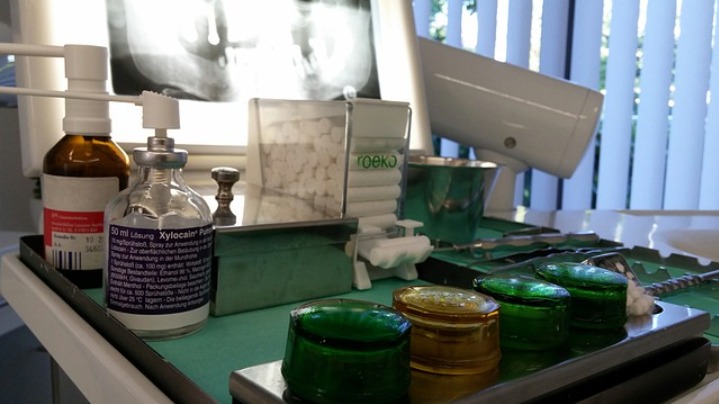
What’s In An Amalgam Filling And Do Dentists Still Use Them?
An amalgam filling is a type of dental filling made of a combination of metals, including silver, tin, copper, and mercury. These metals are mixed to form a malleable alloy that can fill cavities in teeth. Dentists still use amalgam fillings as they are solid and durable, making them a good choice for back teeth where chewing forces are the greatest.
Amalgam fillings have been used for many years, but there has been some controversy over their safety due to mercury in the filling material. However, studies have shown that the amount of mercury released from amalgam fillings is meager and poses no health risks. As such, many dentists still use amalgam fillings when appropriate for their patients.
Overall, amalgam fillings are still popular among dentists due to their strength and durability.
It’s commonly known that amalgam fillings (also called silver fillings) contain mercury, hence the debate about whether they are safe to use. But what other ingredients are in an amalgam filling?
What’s In An Amalgam Filling?
Contents
When an amalgam filling is placed in the tooth, it is soft and can be molded to the proper shape by the dentist. The filling will begin to harden within a few minutes and reach its full strength after a few hours. For amalgam to have the correct consistency, it is made of several different metals. Amalgam fillings typically contain 40-50% mercury, with the remaining 50-60% being made of metal powder. The metal in this powder is a combination of:
- Tin
- Silver
- Copper
- Indium
- Zinc.
Do Dentists Still Use Amalgam Fillings?
Many dentists still use amalgam today despite its unsightly metallic appearance. The reason for this is that amalgam is a solid material. It’s not unusual for amalgam fillings to last more than 10 or 20 years, compared to a composite filling which will only last for about half that amount of time. Nowadays, amalgam fillings are only used towards the back of the mouth, where they can’t be seen and where the extra strength of a metal filling is needed due to biting pressure.
Mercury fillings are banned in some countries, including Norway, Sweden, and Denmark. This is primarily due to concerns about the excess mercury on the environment if it ends up in the sewers instead of being disposed of correctly.
Alternatives to Amalgam Fillings
Composite resin fillings are one of the most common alternatives and are made of a plastic material that is tooth-colored and can be matched to the color of your existing teeth. This filling is less noticeable than amalgam fillings and bonds better to the natural tooth structure. Another option is porcelain or ceramic inlays or onlays.
These fillings can be customized to match your teeth’ color more closely than composite resin, but they take longer to create since they must be crafted in a lab. Lastly, gold foil restorations can provide superior strength but at a much higher cost than other alternatives due to their precious metal content.
Conclusion
Mercury fillings are still used today by many dentists all around the world. Amalgam is a cost-effective and robust material to use to fill teeth, and they also tend to last much longer than its composite resin counterparts. Even though a metal filling may be more robust, many people still choose to have composite fillings placed due to their aesthetic appearance.

